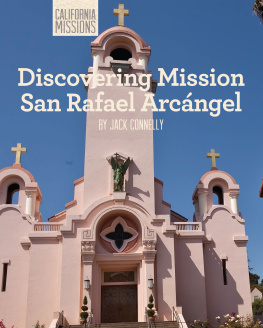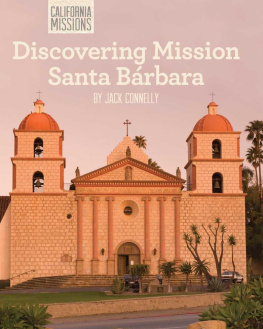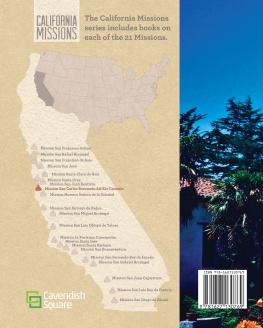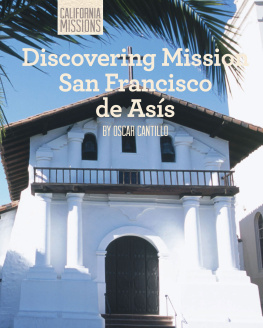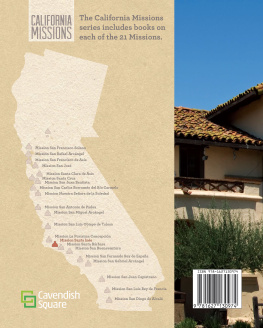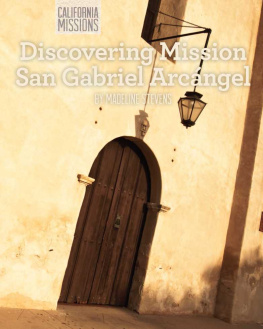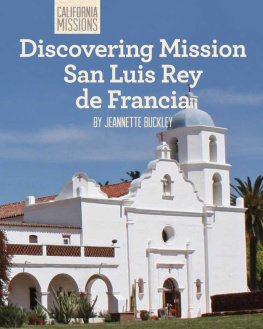Published in 2015 by Cavendish Square Publishing, LLC 243 5th Avenue, Suite 136, New York, NY 10016
Copyright 2015 by Cavendish Square Publishing, LLC
First Edition
No part of this publication may be reproduced, stored in a retrieval system, or transmitted in any form or by any means-electronic, mechanical, photocopying, recording, or otherwise-without the prior permission of the copyright owner. Request for permission should be addressed to Permissions, Cavendish Square Publishing, 243 5th Avenue, Suite 136, New York, NY 10016. Tel (877) 980-4450; fax (877) 980-4454.
Website: cavendishsq.com
This publication represents the opinions and views of the author based on his or her personal experience, knowledge, and research. The information in this book serves as a general guide only. The author and publisher have used their best efforts in preparing this book and disclaim liability rising directly or
indirectly from the use and application of this book.
CPSIA Compliance Information: Batch #WS14CSQ
All websites were available and accurate when this book was sent to press.
Library of Congress Cataloging-in-Publication Data
Connelly, Jack.
Discovering Mission San Rafael Arcangel / Jack Connelly. pages cm. (California missions)
Includes index.
ISBN 978-1-62713-058-5 (hardcover) ISBN 978-1-62713-060-8 (ebook)
1. Mission San Rafael ArcangelHistoryJuvenile literature. 2. Spanish mission buildingsCaliforniaSan RafaelHistoryJuvenile literature. 3. Fran-ciscansCaliforniaSan RafaelHistoryJuvenile literature. 4. Ohlone IndiansMissionsCaliforniaSan RafaelHistoryJuvenile literature. 5. Miwok IndiansMissionsCaliforniaSan Rafael RegionHistoryJuvenile literature. 6. CaliforniaHistoryTo 1846Juvenile literature. I. Title.
F869.M66665C48 2015 . > dc 23 2014003427
Editorial Director: Dean Miller Editor: Kristen Susienka Copy Editor: Cynthia Roby Art Director: Jeffrey Talbot Designer: Douglas Brooks Photo Researcher: J8 Media Production Manager: Jennifer Ryder-Talbot Production Editor: David McNamara
The photographs in this book are used by permission and through the courtesy of: Cover photo by Mariusz S. Jurgielewicz/Shutterstock.com; Dee Jolie/ Alamy, 1; Richard Cummins/Lonely Planet Images/Getty Images, 4; Edward S. Curtis/File:Hupa Sweat House.jpg/Wikimedia Commons, 7; Courtesy CMRC, 8; Marilyn Angel Wynn/Nativestock/Getty Images, 10; 2014 Pentacle Press, 12; Courtesy of UC Berkeley, Bancroft Library, 13; Courtesy of UC Berkeley, Bancroft Library, 15; Courtesy of UC Berkeley, Bancroft Library, 16-17; Karin Hildebrand Lau/Alamy, 18; Charles Deering McCormick Library of Special Collections, Northwestern University, 20; John Stanton/File:Mission San Rafael - 23.jpg/Wikimedia Commons, 22; Sxmuelfernandez/File:Feria del Atole.JPG/ Wikimedia Commons, 24; Library of Congress Prints and Photographs Division, 27; Charles Deering McCormick Library of Special Collections, Northwestern University, 29; North Wind/North Wind Picture Archives, 30; Courtesy of UC Berkeley, Bancroft Library, 32; Stock Montage/Archive Photos/Getty Images, 34; Bill Helsel/Alamy, 36; Library of Congress Prints and Photographs Division, 41.



In 1949, architects in San Rafael, California, began to build a replica of Mission San Rafael Arcangel, the twentieth mission to be built in a twenty-one-mission chain set up along the coast of California between 1769 and 1823. Mission San Rafael Arcangel stands as an impressive church today, but at one point it was so small it was not even considered a mission. This is the story of Mission San Rafael Arcangelan important chapter in the story of the missions of California.
exploring overseas
The story of the California missions began in Spain. In the late 1400s, Spanish explorers began crossing the wide Atlantic Ocean. The Spaniards were quickly joined in their explorations by other newcomers from Britain, France, and the Netherlands. It was a long and dangerous voyage, but they discovered a new continent. Some voyagers came in search of gold, some came to spread their religion, and some came to escape the hardships or persecution they had faced in their homelands. However, the Spanish were responsible for settling the largest area of land in what became known as the New World. The Spanish called their land New Spain, which encompassed what we know today as Mexico and the southwest United States.
It was a long time before Spain decided to explore California. Juan Rodriguez Cabrillo first discovered the area now known as California in 1542. However, the Spanish were not very interested in settling the land. The first explorers did not find any gold or rivers and did not think California would help with their expansion goals. Another problem was misinformation. Many Spanish explorers, including Sebastian Vizcaino, only knew about the southern tip of California, and believed that it was an island. It was a while before explorers discovered that the island was actually the Baja, or lower, California peninsula.
pressure to expand
Eventually, King Carlos III of Spain heard that Russian explorers and fur traders were coming from the north to settle the land. The king realized that California was too important for Spain to lose. He wanted to keep the land because it was fertile and near the sea. It was a perfect place to build towns and harbors for ships.
Spain was also motivated to expand into California by the Catholic Church. When European explorers first discovered California, many people were already living there. People of the Ohlone, Miwok, and other Native American tribes had established societies and lived throughout California. However, many Spanish believed that the indigenous people who lived in California needed to become Christian. Missionaries set out from Spain to change the beliefs of the Native Americans in California.
As the Spanish explored what is now California, they found a land populated with more than 100 different tribes of indigenous people. These groups each had their own customs and languages, and were spread throughout the land. Finding many of them near the coastal waters, the Spanish named them Costenos, which means the People of the Coast. The primary tribe in the area of Mission San Rafael Arcangel was the Coast Miwok, but there were also Ohlone in the area as well.
the hunter-gatherer lifestyle
The Coast Miwok and Ohlone were hunter-gatherers, which means they lived by hunting, fishing, and gathering food. They hunted game, such as rabbit, deer, and bear. They built traps and decoys to catch birds and other animals to eat. Fish was also an important food for these coastal tribes. They gathered oysters, crabs, and clams. They also ate wild plants and seeds, especially acorns.

